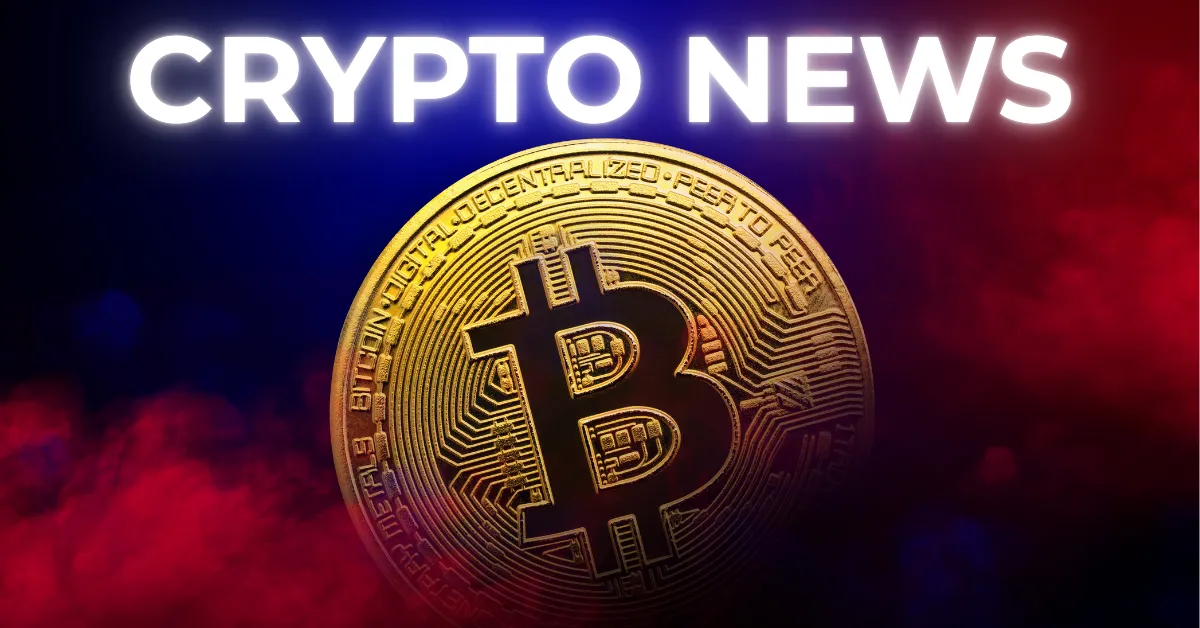
I’m Back With This Week’s Top Crypto News – And It’s a Rollercoaster You Don’t Want to Miss
This week was packed with powerful developments across crypto regulation, hacks, and adoption. But it’s not just a collection of headlines—there’s a deeper narrative unfolding. As the crypto industry pushes for mainstream acceptance, the world is balancing innovation with enforcement, freedom with accountability, and risk with regulation.
Let’s connect the dots and dive into the 3 biggest themes driving the global crypto conversation.
The crypto market is booming—but so are the threats. This week reminded us just how high the stakes are when it comes to digital assets and user security.
Coinbase confirmed a massive breach where hackers accessed user data with the help of insiders. A $20M ransom demand was rejected, and Coinbase launched a $20M bounty instead. With damages estimated up to $400M, the attack raised serious questions about internal security and regulatory oversight.
Eric D. Council manipulated the market by hacking the SEC’s X account and posting a fake Bitcoin ETF approval. Bitcoin spiked before crashing when the truth surfaced. Council pleaded guilty and was sentenced to 14 months.
Authorities arrested 25 people behind fake investment operations that stole over $540K. These scams mimicked legitimate crypto firms, luring everyday investors with fake dashboards and empty promises. It’s a clear sign that even advanced markets need tougher rules and better investor education.
These incidents are no longer isolated. They’ve sparked pressure on global regulators to accelerate clearer, smarter rules, not just to encourage innovation but to protect users. That brings us to the next major shift.
As hacks and scams increase, regulators are moving from confusion to clarity. This week, we saw a clear pivot from reactionary crackdowns to structured frameworks.
Paul Atkins called it a “new day” for the SEC. He pledged to create rational, blockchain-specific rules for asset issuance, custody, and trading. He slammed past SEC tactics and called for smarter custody solutions, self-custody flexibility, and regulatory exemptions to keep companies in the U.S.
While Atkins championed innovation, Commissioner Crenshaw urged caution, warning about misused tokenization. Commissioner Uyeda took a more optimistic stance, calling tokenization a key to market efficiency. The debate underscores how policymakers are still grappling with how far and how fast crypto should go.
At Consensus 2025, advisor Bo Hines confirmed President Trump plans to sign key crypto bills by August, including those for stablecoins and market structure. Bipartisan talks are in motion—even if slow—indicating the U.S. may finally get its long-awaited crypto rulebook.
The stablecoin-focused GENIUS Act is expected to return to the Senate after a previous stall. If passed, it could set the foundation for regulated payment stablecoins in the U.S.
While embracing innovation, Brazil is restricting outbound stablecoin flows to foreign wallets to curb fraud and tax evasion. The move shows how countries are choosing targeted regulation instead of blanket bans.
The regulatory world is catching up. The chaos from scams and breaches has forced lawmakers to prioritize crypto. And with clearer rules emerging, businesses and governments are feeling more confident about entering the space.
As regulators clarify the rules, institutions aren’t waiting—they’re jumping in. This week saw a surge in national adoption, corporate Bitcoin buys, and new financial infrastructure.
razil became the first country to approve a spot XRP ETF, is exploring a national Bitcoin reserve strategy, and may issue Panda Bonds (Chinese yuan–denominated sovereign debt). It’s carving a path that blends innovation with financial independence.
In a Middle East first, publicly listed Al Abraaj Restaurants Group added Bitcoin to its reserves. This move could be the domino that triggers broader adoption in the Gulf region.
Ukraine is close to launching Europe’s first sovereign Bitcoin reserve, partnering with Binance to stabilize its economy amid the war with Russia.
Tokyo-listed Metaplanet now holds 6,796 BTC—more than El Salvador. It joins the likes of MicroStrategy in stacking Bitcoin as a long-term strategy.
MicroStrategy added another 13,390 BTC in 2025, bringing its total to 568,840. Its strategy continues to influence corporate Bitcoin adoption.
eToro priced shares at $52 and raised $620M before its Nasdaq listing. The move signals investor confidence in crypto-enabled platforms.
FTX will begin repaying creditors on May 30, with many expected to receive up to 120% of their original claims. The payout signals crypto’s maturing infrastructure—even in the wake of collapses.
Mayor Eric Adams brought in two new crypto advisors to guide the city’s public sector innovation, signaling New York’s ongoing commitment to blockchain solutions.
Clearer regulations are giving institutions the confidence to make bold moves—from national Bitcoin reserves to ETFs and IPOs. Countries and companies aren’t asking if they should enter crypto. They’re asking how soon.
What connects it all—hacks, regulations, and adoption—is this: crypto is growing up.
The world is shifting from experimental hype to responsible innovation. The chaos of scams is being met with laws. The uncertainty around compliance is being replaced by frameworks. And the hesitation to adopt is turning into bold, calculated moves.
Two cryptocurrencies, Dogecoin and Pepeto, are making headlines in the crypto world. Dogecoin (DOGE) has…
XRP catapulted to $3.84 ATH from its low price—an increase that turned a modest $4,000…
A veteran Wall Street analyst believes that XYZVerse could surpass both ONDO and PI Network…
CoinDCX, one of India’s largest crypto exchanges, has reportedly lost around $44.2 million in a…
XRP is back in the spotlight as excitement grows around its future. With talks of…
Two Cryptocurrencies -- Ripple’s XRP and Pepeto (Pepeto) -- are making headlines in the crypto…